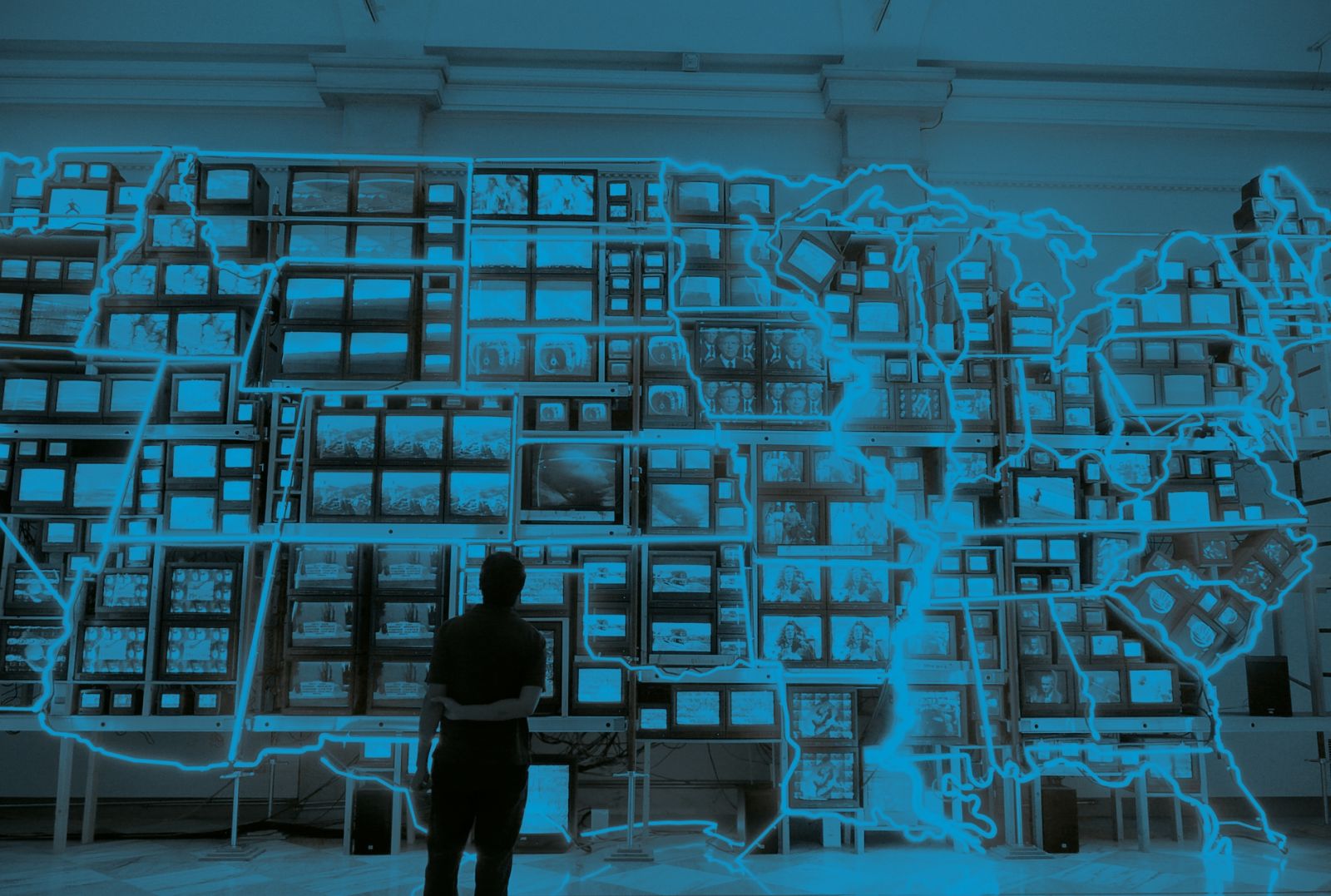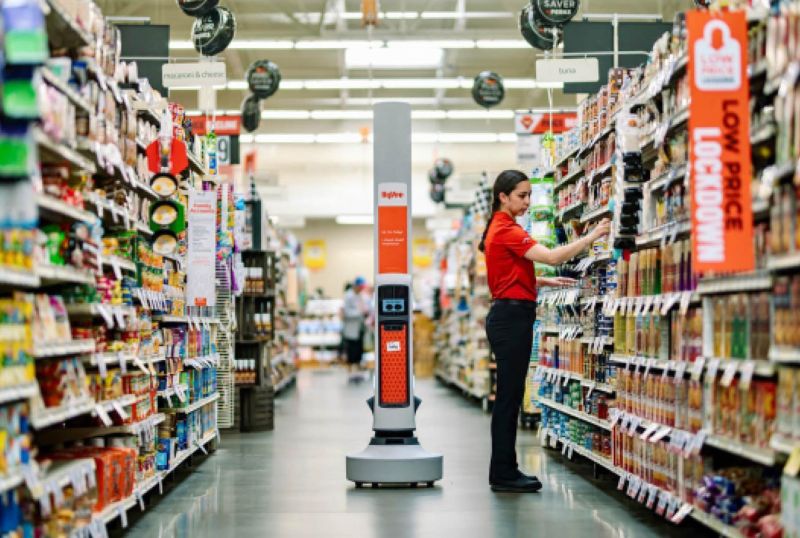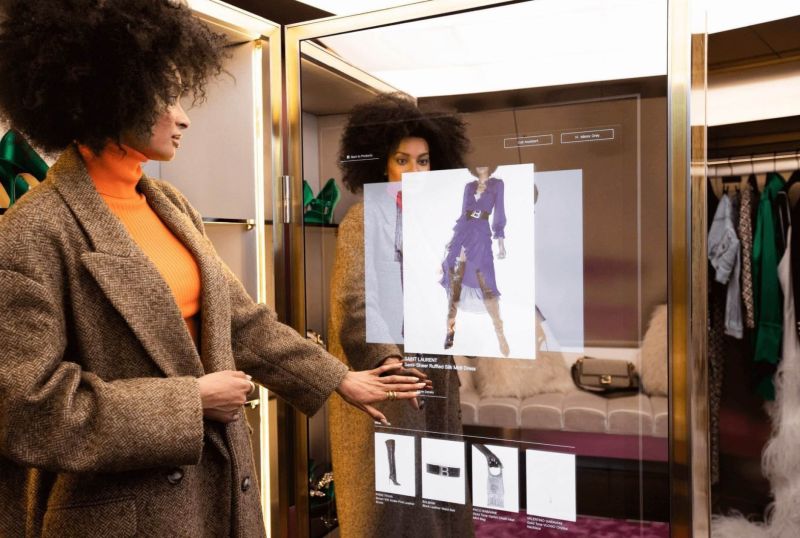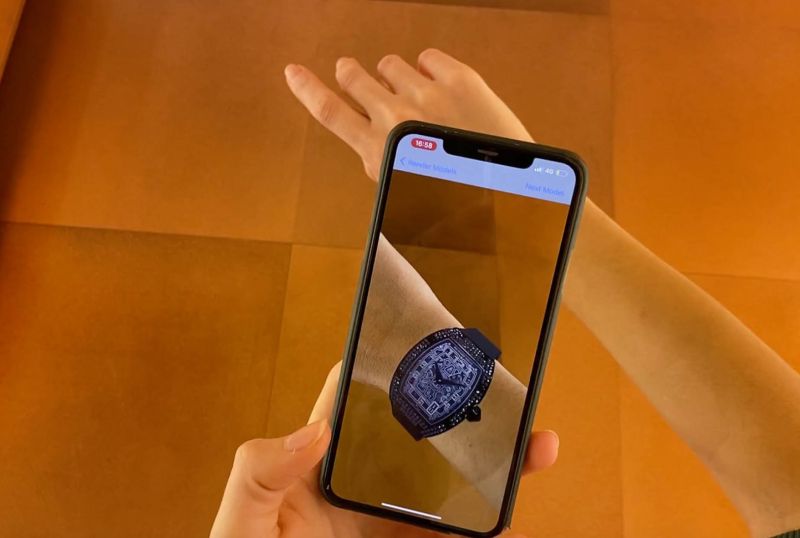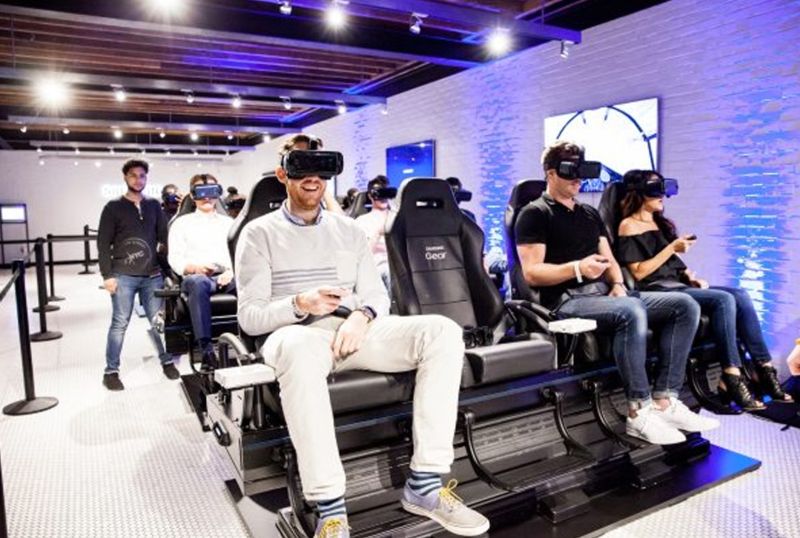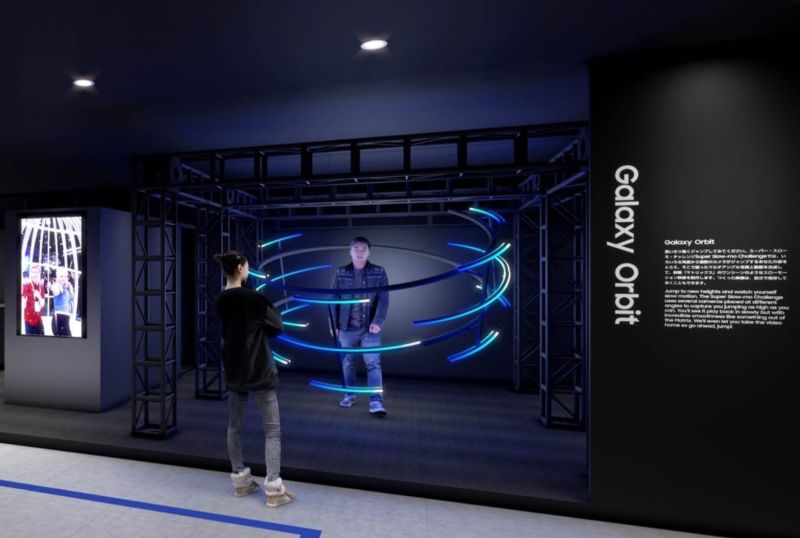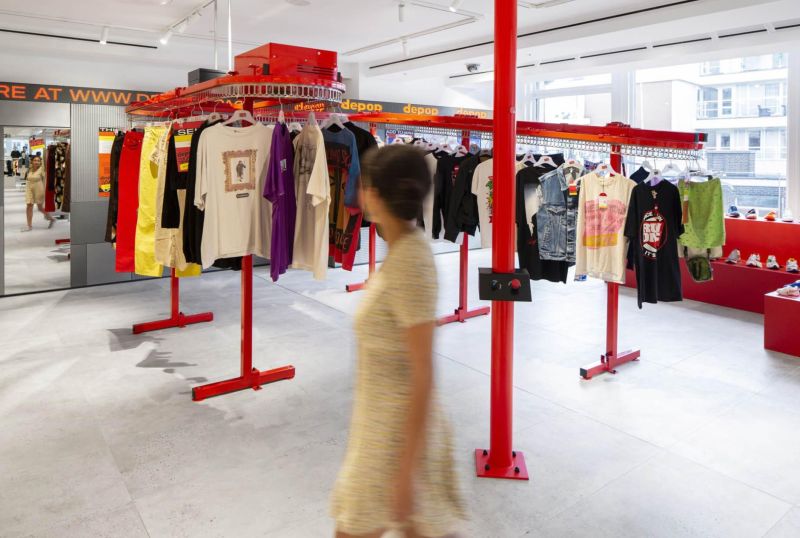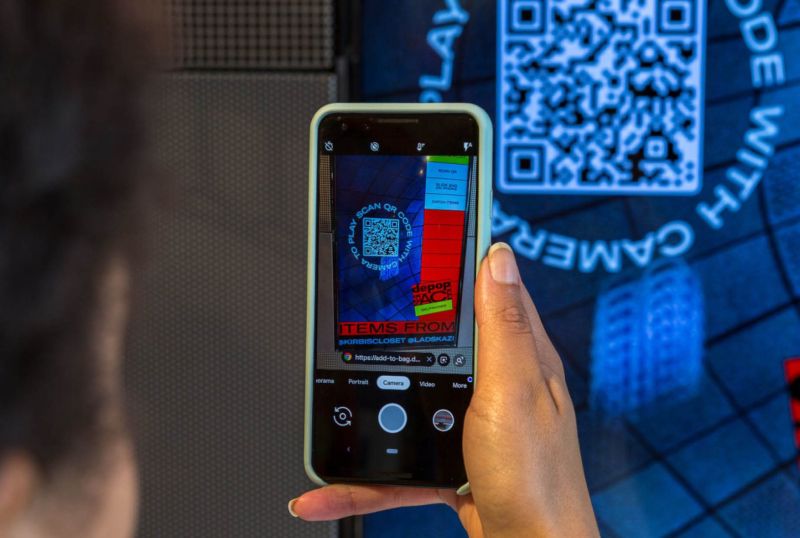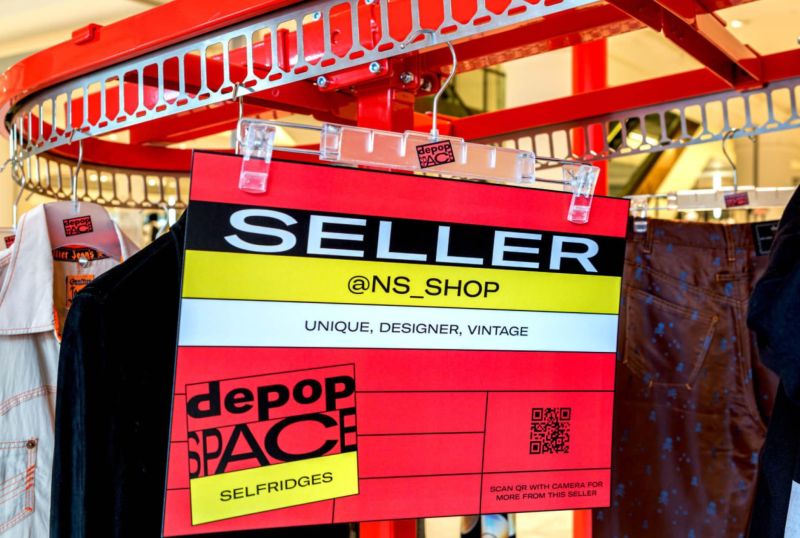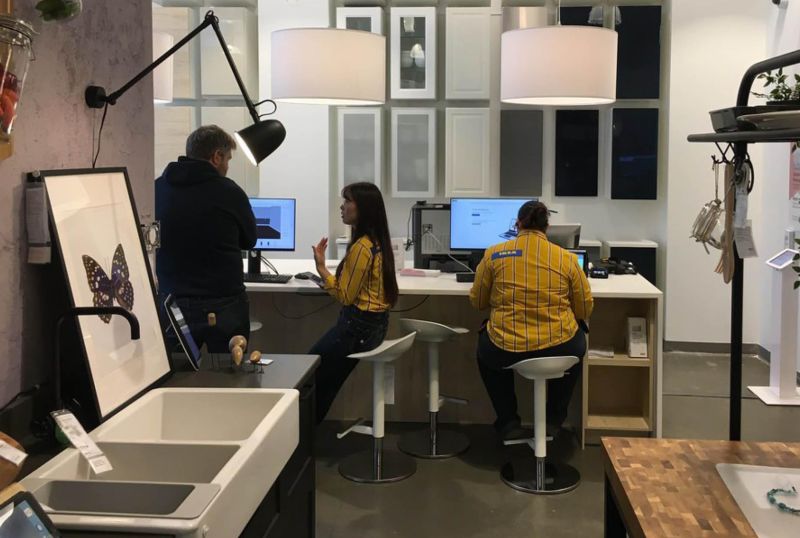What is a 'Phygital' store experience?
This article is an extract from Quinine’s insight report ‘Let’s get Phygital’. To download a copy of the full report please click on the link below.
The search for the optimum retail experience continues to evolve for all brands. In recent years omnichannel and experiential retail have been two of the buzzwords circulating amongst retailers and retail designers alike. Today, ‘phygital’ experiences are what forward-thinking retailers are aspiring to achieve. This current buzzword refers to the combination of the digital and the physical in retail.
This use of the digital in the physical store is by no means a new idea. Digital technology has allowed shoppers to pay with credit cards for decades. The mobile EFTPOS (Electronic funds transfer at point of sale) terminal was introduced in the mid-nineties, no longer requiring shop cashiers to take analogue imprints of credit cards, or trouble shoppers with carrying cash. For decades digital media has been used in stores. Over time, digital technology has evolved exponentially to facilitate more engaging experiences inside a physical store, inspiring a new term, but ‘phygital’, in essence, has existed for decades.
Digital technology has typically evolved in retail to facilitate operational efficiencies. Payment technology enabled faster transactions while also relieving the store of handling cash. Digital media has improved messaging capabilities, allowing stores to change in-store communications promptly and without the printing costs. However, among many of these welcomed improvements in operational efficiency, we notice many examples of innovation that haven’t stopped to ask what these developments mean for the customer experience. Do digital messages add sufficient value to the customer experience, and if so, how? Is digital media, akin to that used by most customers in their homes, the basis for an engaging experience?
In the current climate, there is great pressure to adopt new technologies in-store to make them more experiential. However, retail brands need to take a step back from their desire to embed stores with all available technology and ask themselves, ‘why is technology important, and what are the most appropriate phygital experiences for their brand and their customers?’ What is technology’s true value, not just to the store operations, but, more importantly, to the customer experience?’
When we look beyond retail, there are some great examples of phygital interventions bringing experiences to life, proving consumers have an appetite for them. Whether it be museums, sporting events or pop-up events, many organisations and brands are already excelling at creating these experiential moments. However, these are often short-term tactical interventions. The challenge retail has, is how to deliver the same level of engagement long-term.
This article shares eight principles resulting from our own observations and experience in integrating digital moments in physical retail stores. These principles will enable retailers to look at the need for phygital experiences differently and provide them with a framework to formulate and deliver long-term, robust phygital strategies.
1. Leverage the customer device
When customers walk into your store with their smartphone, they walk in with their own hand-held computer and screen. Encouraging shoppers to use their mobile device means that they are more likely to engage in digital interactions, while the retailer is not burdened with supplying all the digital hardware.
2. Define the experience first, the technology second
Customers care most about experiences. Technology is merely a tool, and is only beneficial when it serves to improve moments along a customer’s in-store journey. Design the best journey first and then decide how technology can improve it.
3. Create unique phygital retail experiences
Digital experiences should not be repeatable and generic. Create unique phygital experiences that are adaptable and interactive. Retail stores now have the potential to be infinitely dynamic, with each store visit unique to a time and place.
4. Deliver both ‘frictionless’ and ‘sticky’ phygital experiences
Some stores focus on reducing friction and improving operational efficiency, other stores focus on creating sticky moments underpinned by discovery and brand attachment. Phygital retail can enhance both types of experiences, but in different ways.
5. Make sure the physical environment enhances the digital
We see many retailers using the digital to enhance the physical store environment, but few are using the physical environment to enhance digital experiences. This is a key opportunity for brick-and-mortar retail to differentiate itself from online retail.
6. Encourage movement between online and physical stores
Online and brick-and-mortar retail should be driving customers between one another and utilising the unique benefits of each channel. Digital interaction in a physical store can conveniently drive customers online, while the physical store can be used to bring together a brand’s online community in person.
7. Identify how phygital experiences might exclude and include
Integrating innovative technology into the store experience may alienate some customers that are not ready for change. However, new technologies can also help include those who have traditionally felt excluded or under-represented in physical retail.
8. The best phygital experiences are human
People are always at the centre of the most meaningful store experiences. Digital technology should never be seen as a staff replacement, but should embolden their unique customer service attributes.
Conclusion
Delivering phygital retail experiences is not straightforward, there is a great deal to consider. Whilst the principles listed here are not conclusive and are likely to evolve over time, they provide a sound foundation for any retailer looking to review their existing Phygital strategy or define a new direction. Particularly with the inevitable rise in popularity of the metaverse over the coming years, how shoppers expect to interact with digital technology will evolve to unknown places.
What is crucial for retailers looking to establish and sustain a digital future, is to understand and execute strategies that are appropriate to both their brand and their audience. For different retail brands, some of these principles will be more relevant than others. Retailers will need to prioritise appropriately and execute the right balance of Phygital. Otherwise, they risk not only alienating their customers but potentially their internal teams as well. Whilst pushing forward, brands must only innovate at the pace their user base is ready for.
In the current, hyper-competitive retail climate, it is understandable that retail teams are keen to innovate fast in a bid to remain relevant. But this must not be done blindly. Taking the time to define a ‘Phygital’ strategy, underpinned by the principles shared here, will not only enable retailers to plan for their future beyond tomorrow, but also establish what they need to do today. Those retailers who take the time to audit their stores, to review their needs and establish what is needed in the long-term, will be the ones who prosper and stay relevant in the future.
